The microbrewery invasion
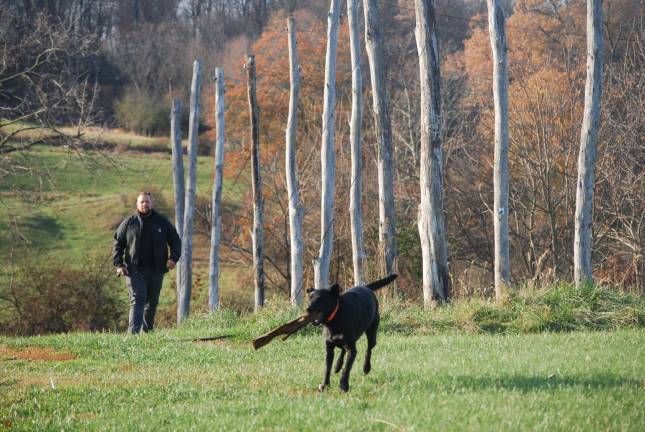
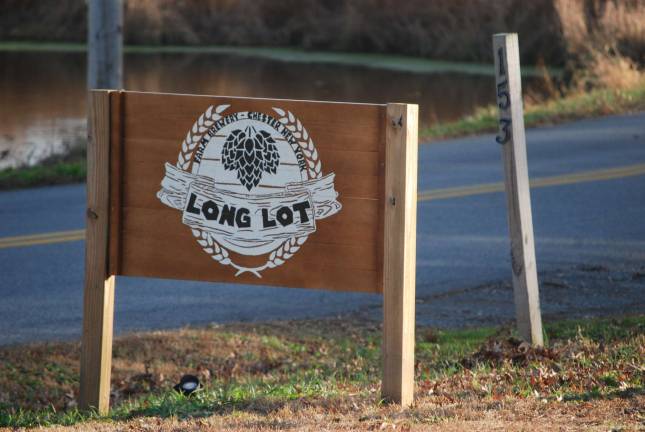
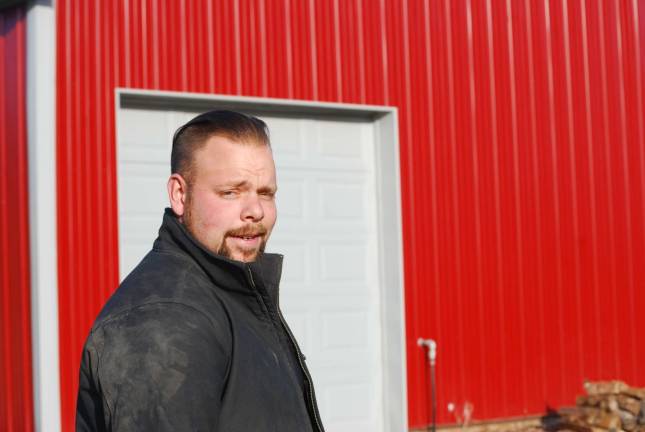
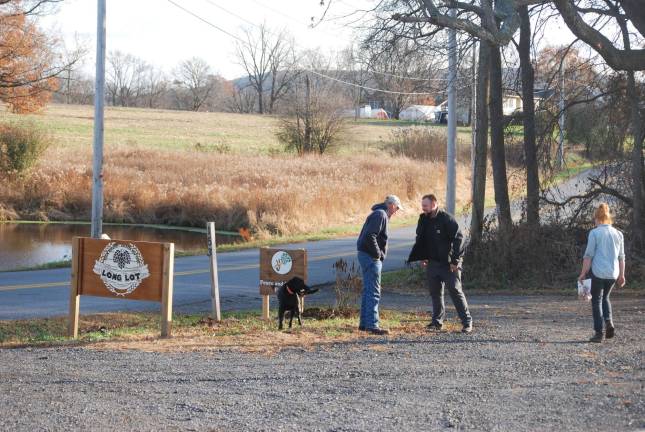
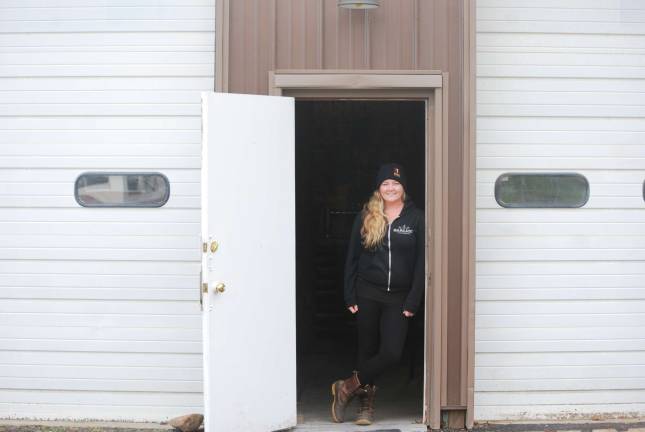
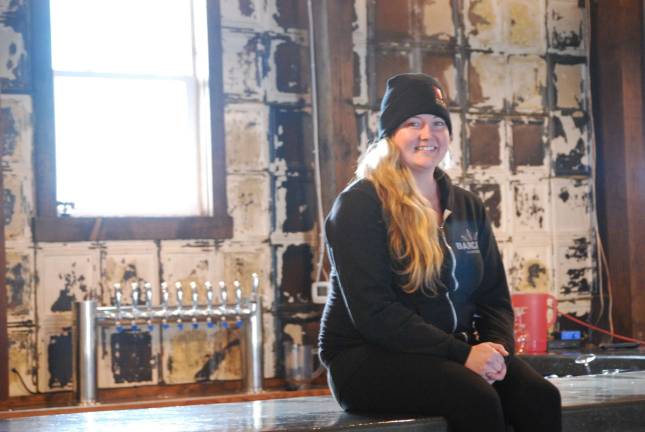
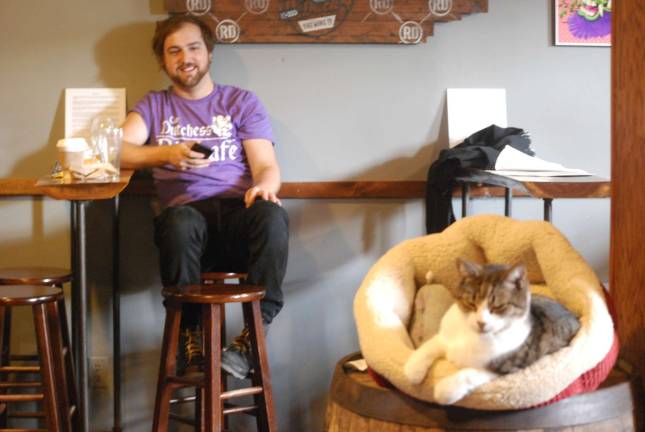
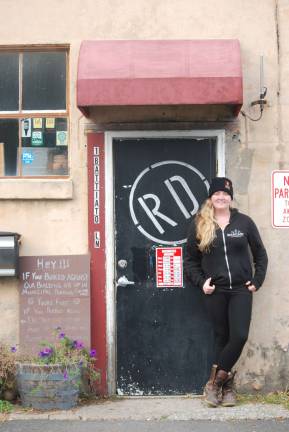
How beer transformed the boondocks into a destination with its own terroir
By Becca Tucker
In 2011, there was not one brewery in this neck of the woods. Seven years later there are so many that I had to scrap my intention to visit them all for a pint, which would have meant drinking like I was pledging a frat. When Long Lot, the nanobrewery on the Johnson Dairy Farm, gets its license any day now, it will be the ninth in Orange County, NY. Which is just fine by everyone.
Far from seeing each other as rivals, this new generation of brewers offers one another advice, encouragement, construction help, cross-publicity and even an extra pair of hands for the endless job of hand-harvesting hops. I couldn’t get them to see a single nasty thing, even off the record.
Nikki Cavenaugh, co-owner of Rushing Duck – who finds herself an original gangster of the local microbrew movement at 30 – set up shop in Chester after graduating college precisely because there was nobody brewing here. But she’s doing more than watching the invasion coming on her heels. As the Hudson Valley representative of the New York State Brewers Association, she’s helping them come. The association is primarily a political one, pushing issues like allowing tasting rooms to sell pints, not just growlers.
These microbrewers don’t see each other as competitors; that role has historically been played by Big Beer. “When we opened, trying to get a bar to put on a craft beer instead of a keg of Budweiser was kind of interesting,” said Cavenaugh.
Seven years later, there are 326 breweries in New York, and Rushing Duck pumps out beer destined for taps up and down the Hudson from Saratoga to the city. Now their problem is not finding customers – it’s trying to keep their growth under control, said Cavenaugh. They’re a family run operation and they make great beer, bold and unusual. That’s how they want to stay, but blocking their ears to the siren song of investors has not always been easy on the ego.
“It’s been really hard not to press on the pedal and take off,” she said. “It’s hard when we’re like, why are we just a growler shop still? And we’re like, it’s because we still have complete control.”
They’ve decided that instead of expanding further out geographically, they will grow by drilling deeper down into their community. They’re focused on sourcing more ingredients locally, like green apples from historic Roe’s Orchard two miles to their west, for a foray into tart, dry, French style ciders; and malted barley grown and processed by the up-and-coming Black Dirt Malt in Pine Island.
After scouting other locations, which “just didn’t seem to jibe,” Cavenaugh felt even more strongly that this was their community now. So they just opened up their sit-down pub not 20 steps from the brewery. Duck In is a 55-seat, no-frills warehouse that was until recently an abandoned lettuce washing facility, where patrons can bring their families and get dinner from a food truck along with soft drinks and, of course, beer. Literally, the place just opened -- the day I visited the epoxy was drying on the tables built by Dan and his dad out of upcycled wood. The bar is made of old bourbon barrels that had been used to store beer.
“The first day open I thought all of our bartenders were going to die,” said Cavenaugh.
That’s why when Cavenaugh and her husband Dan Hitchcock heard that their friend Curtis Johnson was opening yet another brewpub not two miles down the road, Hitchcock’s reaction was: “Sounds good to me. Just make good beer so I can come drink it.”
“Downtown Chester has been so blah for so long,” said Cavenaugh, who lives across the street from Rushing Duck, which in a previous life was a tile factory. “The village is really trying to do something down here. It’s too cute, too historic not to.”
While Curtis (knuckles tapping) awaits his license, the two neighboring breweries – the oldest and newest in the county – teamed up to make a Belgian blonde ale called Make Chester Cool Again, using local malt and homegrown nasturtiums. The name raised some hackles, but it’s said with love.
Curtis Johnson was raised amidst cousins and cows on Chester’s eponymous Johnson Road. After six years as an Army engineer and a stint in construction, Curtis has come home to C.F. Johnson and Son dairy farm with his wife and baby son – and this dream that he’d been talking about since 2013.
That was when Governor Andrew Cuomo created the farm brewery license, making it cheaper and easier for craft brewers to set up shop so long as they used New York State-grown ingredients. Curtis had been interested in fermenting since he worked at Brotherhood Winery as a teenager. Now all the pieces were fitting together.
Curtis jumped right back into the routine of farm life, cutting hay alongside his dad, uncles and 87-year-old grandfather. But Curtis, 30, doesn’t plan on following in his dad’s footsteps. His dad, Gary, a lifelong dairy farmer who can barely walk at age 60 because his knees are shot, doesn’t blame him.
“Farmers aren’t rich by any means,” Curtis said, standing behind the bar in the tasting room he and Gary built. “But we have to push in that direction or everyone’s going to go out of business – which we’ve seen a lot of. I don’t mind the work, but when you can’t make a living and you’re breaking your back every day, you have to turn around, look and see, is this worth it?”
The name of his brewery is an homage to the farm that’s been the family business for four generations now. “Long lot” is how the Johnsons have always referred to this rectangular field at the bend in the road. (“More like long shot,” said Curtis’ skeptical grandfather -- so Curtis christened one of his beers Long Shot lager.)
Capable of brewing just 31 gallons at a time, Long Lot’s one-barrel system makes it a true nanobrewery, the smallest in the county. Curtis won’t distribute his beer, brewing just enough to serve in his tasting room that overlooks the 33 poles of his hop yard. “It takes on a specific terroir” that way, said Curtis. “It’s a good way to make my beer completely unique.” The habaneros in his habanero stout were grown by his cousin Laura Johnson, whose Peace & Carrots Farm – a five-year-old organic CSA – is just outside, representing a similar, direct-to-customer vision of how the future of the Johnson farm might look.
He just hopes he’ll be able to keep his customers’ pints filled. I ask whether he’ll still be helping out on the dairy farm after the brewery opens. “I think I’m going to be brewing constantly,” he said. “That’s my concern, is that I’m going to outgrow the system really fast. If I run out of beer that’s not good.”
But therein lies another upside to being located in the craft beer hotbed that is Orange County. “I can fill my tap with Rushing Duck, Westtown. I can serve New York State wines and spirits.”
Cuomo’s farm brewery law was intended to stimulate farming, and it’s doing just that. Not only is the demand for existing crops protecting farmland, but the insatiable appetite for barley and hops is actually changing the makeup of the black dirt.
Barley has not been a regular sight in New York since before Prohibition, said Chip Lain, the ninth-generation farmer who founded Black Dirt Malt and is now growing and malting 100 acres of it. New York was once the country’s barley capital, but today’s barley likes dryer conditions than we have here. Still, one of the eight varieties he’s planted so far seems promising, “so that’s the one we’re sticking with.”
Cornell’s been taking samples from everyone growing barley and working on developing new varieties, said Lain. It’s rather an urgent matter, actually. If the industry “keeps expanding like it is,” said Lain, “then it might be tough to keep up with demand for New York barley and hops.”
And the beast is only getting hungrier – or thirstier. Written into the farm brewery law is a clause that the percentage of New York State ingredients must go up over time, to 60 percent by 2023 and 90 percent by 2024. Un a decade we may see barley and hops come to rival onions as king of the black dirt.
A short season crop, barley works well in rotation with Lain’s main crop, which is sod for lawns. Lain has noticed that microbrewers’ kumbaya culture pervading the malting business as well – which is new to him. “In the sod business, you have to go out and sell it,” he said. “It’s a big competitive market. Malt right now, we really work together with other malt houses, there is a camaraderie, they share ideas.” Hudson Valley Malt, for instance, buys raw barley from Black Dirt Malt and floor malts it the ancient way, and both refer customers to each other if it makes more sense geographically.
That’s what happens when you wake up one morning and find you’ve got more demand than supply. “Who’s going to come to Westtown?” Lain remembers thinking not long ago. He now gets a kick out of the fact that “Pine Island and Westtown [breweries] are only two miles apart and they are packed every weekend.” Lain can see Westtown Brew Works from his house, and times his visits accordingly. “I don’t like when it’s packed. I like to go there when it’s more of a local crowd, I can talk to the owner or brewer. When it’s packed, you don’t get that personal feel.”
“We’ve had a few buses kind of pop up at the brewery and we’re like, what?,” said Peter Oates, an MIT environmental engineering doctorate and co-founder of Equilibrium in Middletown, which boasts the largest cult following of the county’s microbreweries.
“All these happy adults get out, and we’re like, oh it’s a beer tour.”
He’s as surprised as anyone by the lines that form before dawn and wrap around the block in anticipation of a beer release. “The lines are sort of this remarkable phenomenon,” said Oates, who’s taken to smoking brisket for the crowds. “Really it’s about a sense of community. I think it’s actually a reason to go hang out together. They do beer shares: everyone’s collected these beers, they get together and share beers from all over the world. It’s sort of like tailgating from what I understand.”
Oates and his partner, Ricardo Petroni, chose Orange County in part because, unlike Vermont, “the brewery per capita” wasn’t too dense.
“New York was underserved,” he said. “Now the flip side is exciting: the Hudson Valley will, I think, be a sort of craft beer destination.”
All of a sudden, as Cavenagh puts it, “You don’t have to go to the other side of the river to experience fun anymore.”